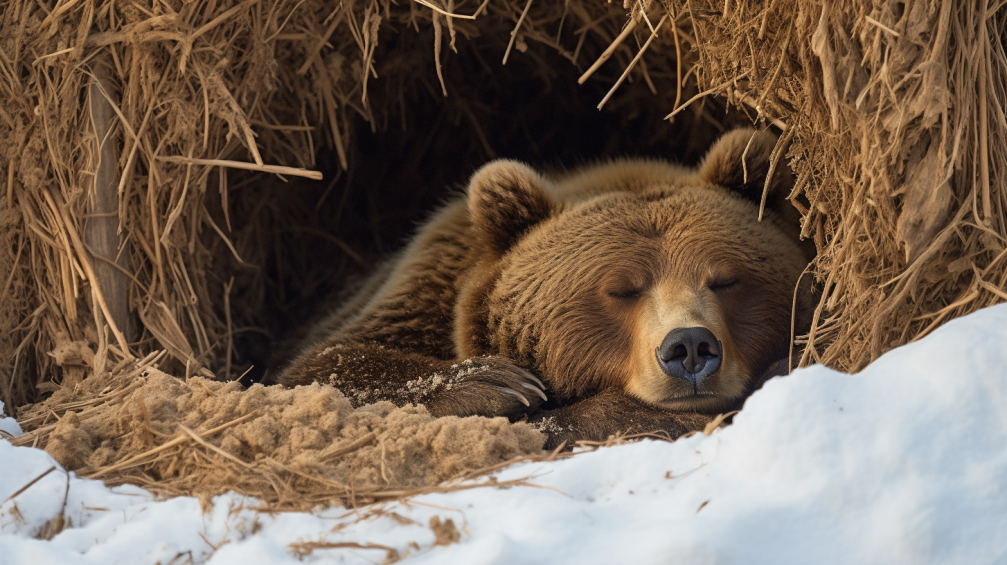As winter blankets the landscape with its icy grip, animals face two significant challenges: dwindling food supplies and harsh, bone-chilling temperatures. In response, many creatures enter a state of dormancy to conserve energy and survive until spring’s warmer embrace.
Get your favorite animal stickers here!
But not all dormancy is created equal. Much like the relationship between squares and rectangles, hibernation represents a specific type of dormancy, distinguished by its distinct set of criteria.
Reduced metabolism, a slower heart rate, and lowered body temperature are the hallmarks of true hibernators. While some animals exhibit these traits, others, like reptiles, undergo a different form of dormancy known as brumation, driven by external temperature changes.
Take, for example, the resilient Arctic ground squirrels, masters of the hibernation game. With body temperatures plummeting to astonishing lows, these creatures showcase nature’s remarkable adaptations to extreme conditions. Similarly, frogs and other amphibians seek refuge in hidden nooks, congregating in large groups to endure the winter chill.
Contrary to popular belief, bears don’t technically hibernate. Instead, they enter a state of dormancy, slowing their bodily functions to endure the scarcity of winter food. From the snow-covered reaches of northern territories to the balmy climes of the South, bears across the United States heed nature’s call to rest and conserve energy.
Reptiles, such as the black rat snake, embark on a journey of brumation as temperatures drop, abstaining from food until the warmth of spring beckons them forth. Meanwhile, bats, true hibernators, seek refuge in caves and other secluded spots, their metabolic activity dwindling as they await the return of abundant food sources.
As humans, we may not succumb to the slumber of winter dormancy, but we can learn from the resilience of our animal counterparts. So, as the cold settles in, remember that the wilderness is not devoid of life but rather brimming with creatures patiently awaiting the renewal of spring’s bounty. After all, in nature’s grand tapestry, every season has its purpose, and winter is but a brief interlude in the eternal cycle of life.

